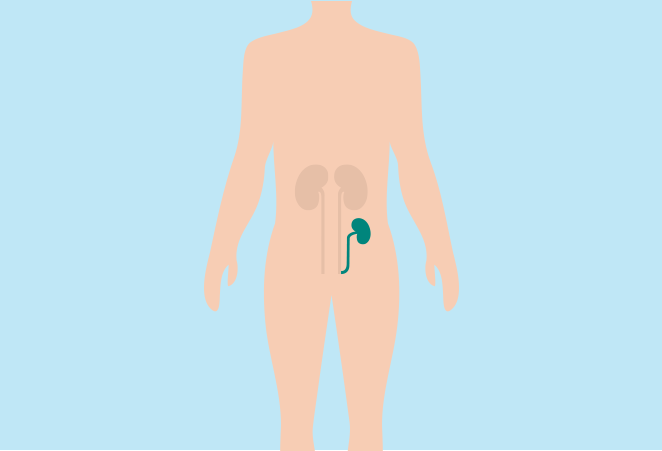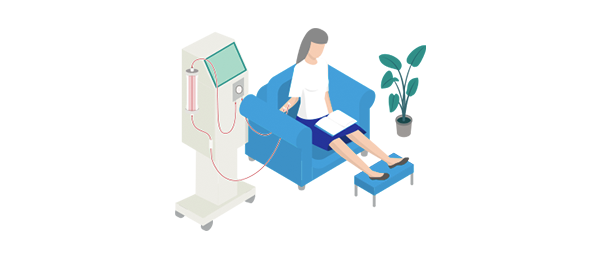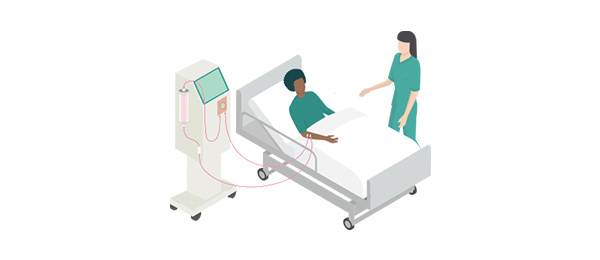Other Treatment Options
Sometimes, a kidney transplant may be a treatment option. For others, supportive care without dialysis may also be a suitable option.

What is a Kidney Transplant?
A kidney transplant is a surgical operation where a healthy kidney from a donor is placed in your body. This new kidney will filter your blood and remove excess fluids the way your own two kidneys would if they were healthy.

What is Required to Have a Kidney Transplant?
The success of a kidney transplant depends on a variety of factors. If your overall health is good, your clinician may decide that you’re an ideal candidate for a kidney transplant and will recommend that you are put on the kidney transplant waiting list, or explore any living donors, such as family members.

How Likely is a Kidney Transplant To be Successful?
The success rate after a kidney transplant with a living-donor kidney is reported by the national Organ Procurement and Transplantation Network to be 97% 1 year after the operation and 86% 5 years after the operation. Similarly, the success rate of kidney transplants with a deceased-donor kidney is reported to be 96% 1 year after the operation and 79% 5 years after.3

Benefits of a Kidney Transplant
A successful kidney transplant may allow you to live a longer and higher quality life than while you were on dialysis. You will no longer need to receive dialysis treatments or restrict your diet as much as you had before. However, life after a kidney transplant can be hard. Kidney transplant recovery may require immunosuppressant therapy, which can take a while to get used to, and involves many visits to the hospital.
Kidney transplants are not without risks.
Conservative Care
What is Conservative Care?
If you and your clinician decide that neither dialysis nor a kidney transplant is right for you, you may consider conservative care. This is when your healthcare team cares for you without dialysis or a kidney transplant. Instead, they focus on controlling your symptoms and providing you the best possible quality of life. Conservative care is not a treatment, it is a means for making you comfortable for the remainder of your life. If you choose conservative care, your healthcare team will help you create a plan that meets your physical, emotional and lifestyle needs.
Where to go next?

Peritoneal Dialysis (PD) at Home
If you’re not able to get a transplant, you may consider going on dialysis. You may even be able to do it at home. Learn more about peritoneal dialysis (PD).

Home Haemodialysis (Home HD)
There is more than one way to do dialysis at home. Learn more about home haemodialysis (Home HD).

In-Centre Haemodialysis (In-Centre HD)
You may also consider receiving dialysis in a hospital or treatment centre near you. Learn more about in-centre haemodialysis (In-Centre HD).